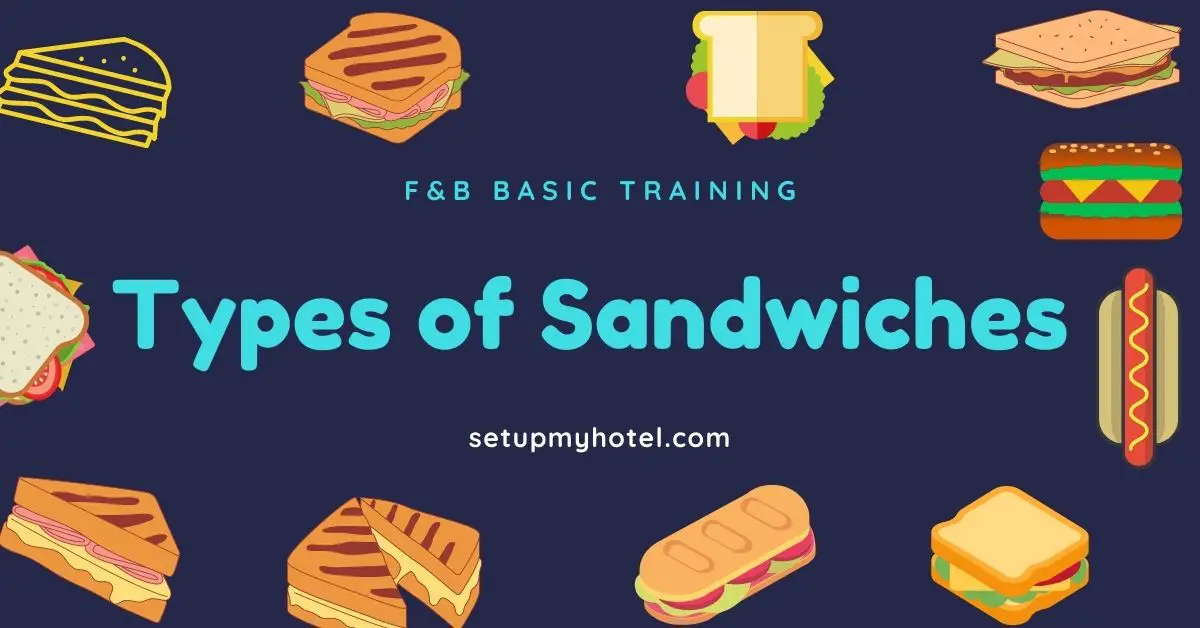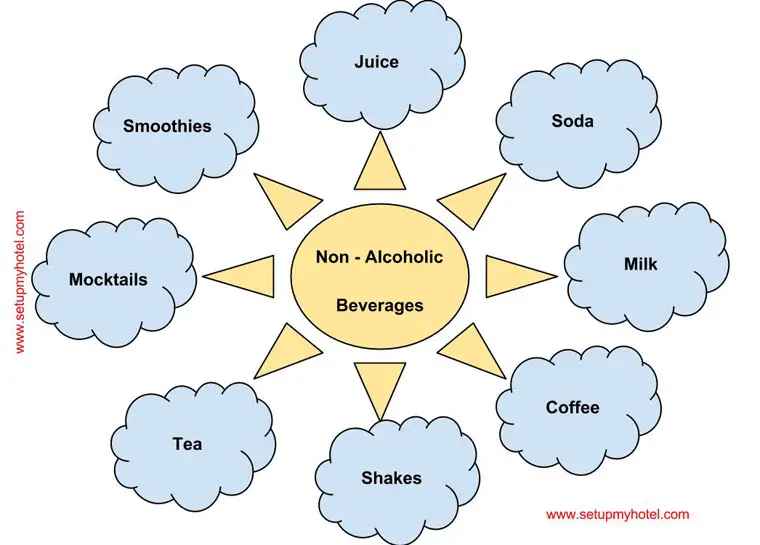Finance – Controlling Loss And Wastage In Food And Beverage ( F&B ) Operations

Controlling Loss And Wastage In Food And Beverage Operations Efficient management of food and beverage operations requires a meticulous approach ...
Read more
Different Types Of Beer Or Beer Terms

Different Types of Beer or Beer Terms Beer which has the lowest alcoholic content is made from fermented grains and ...
Read more
Service Standard Audit Checklist – Restaurant Host Or Hostess
Restaurant Host or Hostess Service Standard Audit Checklist
Read more
Service Standard – Restaurant Server Or Maître d’ Audit Checklist
Restaurant Server or Maître d’ Audit Control Checklist
Read more
39 Types of Sandwiches / Classification of Sandwich

Types of Sandwiches / Classification of Sandwiches Sandwiches are a popular food item that are enjoyed all over the world. ...
Read more
Buffet Service Tips In Restaurant / Coffee Shops

Tips for Buffet Service in Restaurant / Coffee Shops 1) Assisting a guest at the breakfast buffet 2) Handling Questions ...
Read more
Tips For Suggesting And Selling Wine In Restaurants

Tips for Suggesting and Selling Wine in Restaurants Presenting the wine list to the guest: Taking the wine order Presenting ...
Read more












